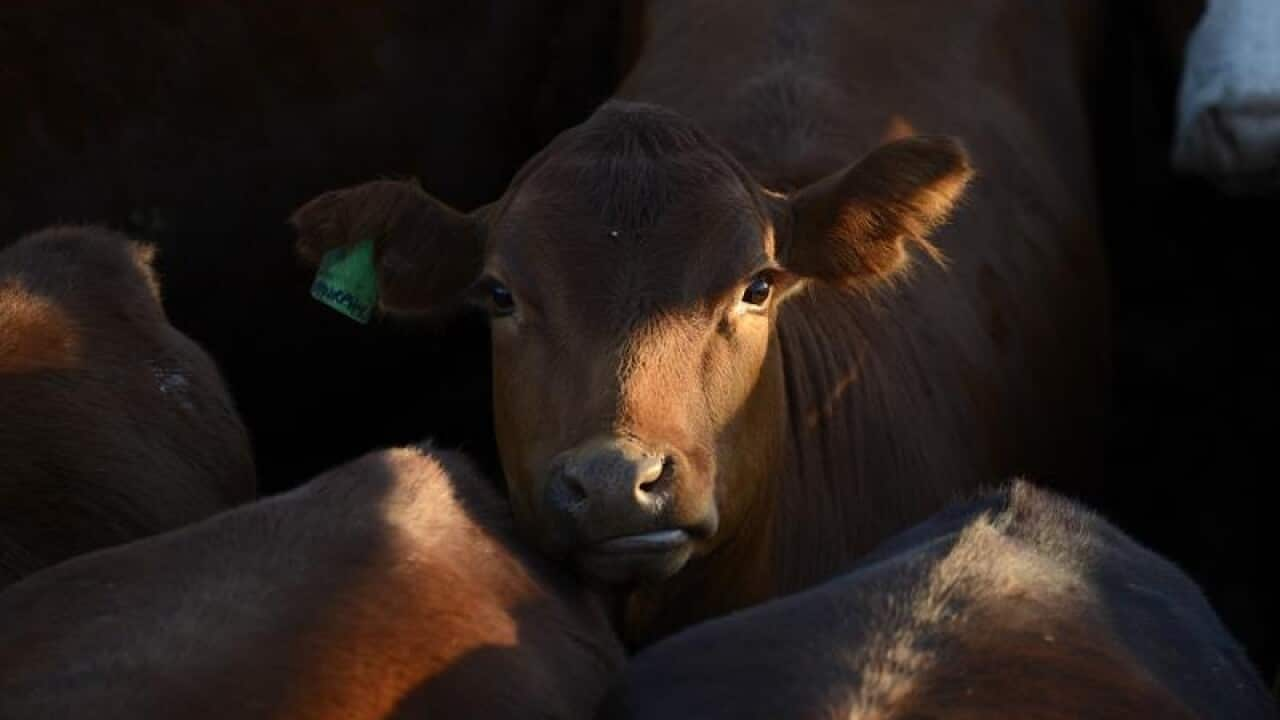Cattle farmers have stopped restocking their herds and are selling more cattle for slaughter because of dry conditions in many regions of Australia, says agribusiness banking specialist Rabobank.
The firm's March agribusiness update says cattle farmers are demanding fewer animals for restocking, and that is expected to continue with average or lower than average rainfall forecast for the next three months.
Rabobank says a higher numbers of cows slaughtered in Queensland in January and February suggests herds are being culled.
"While it is not believed that cattle numbers have had a chance to rebuild after consecutive dry seasons, there are reports that some abattoirs now have considerable wait times for kill space," Rabobank said.
Some rain in recent weeks, plus falling cattle prices, may prevent a large liquidation of herds, it said.
Crop growers want rain ahead of the winter cropping season, but the outlook is very dry for key regions in South Australia, slightly better for most of NSW and Victoria, and the West Australian wheatbelt has a 50 per cent chance of median rainfall.
Low soil moisture levels may limit plantings of canola, which typically occur in the early months of the cropping window.
Rabobank said the La Nina climate pattern usually brings wet weather, especially on the east coast, but the current La Nina has been weak and disappointed most farmers, especially in Victoria, western NSW, and western and central Queensland.
"The Bureau of Meteorology expects La Nina to continue to break down, with neutral conditions reached by autumn," Rabobank said.
"Typically, when La Nina is in decline, this brings dry conditions to central and eastern Australia."
Rabobank said milk production continues to recover in the southern states, up 3.9 per cent in January, based on healthy gains in the Gippsland region of Victoria, northern Victoria and Tasmania.
But western Victoria and the northern states have been hit by hot, dry conditions over summer.









